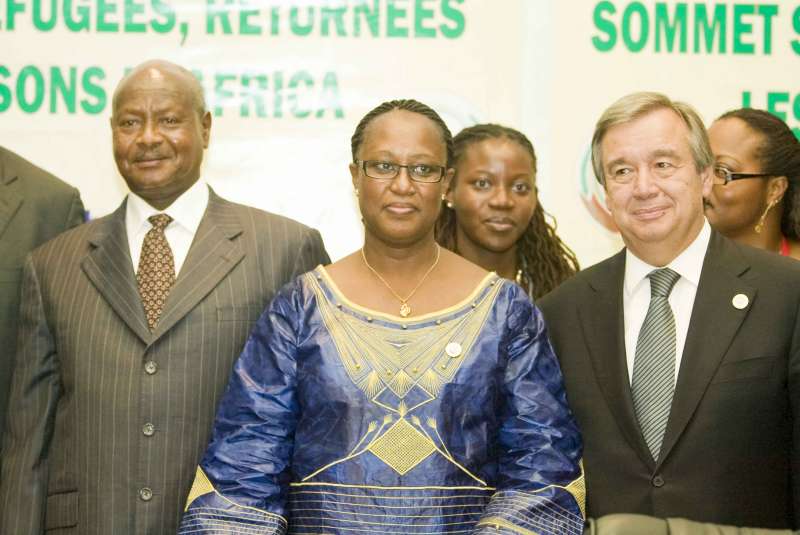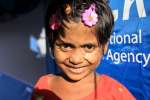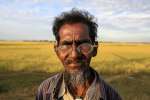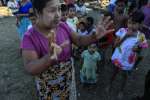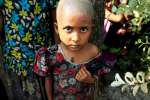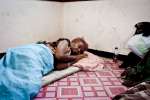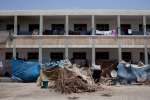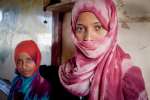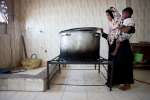- Text size
 |
|  |
|  |
| 
- Français
African Union adopts major convention to protect and assist the internally displaced
News Stories, 23 October 2009
KAMPALA, Uganda, October 23 (UNHCR) – African leaders meeting in the Ugandan capital, Kampala, adopted a seminal convention Friday that will provide legal protection and assistance to millions of people displaced within their own countries by conflicts and natural calamities on the continent.
Ugandan President Yoweri Museveni, chairing a two-day special African Union (AU) summit on forcibly displaced people, praised the pact as an "historic agreement aimed at protecting and assisting our brothers and sisters, the internally displaced."
The new African Union Convention for the Protection and Assistance of Internally Displaced Persons in Africa, is the first legal instrument of its kind in the world. It defines the obligations that states, and even armed groups, have to protect and assist their own uprooted citizens.
Forty-six African nations unanimously adopted the landmark convention while 17 heads of state and government, and foreign ministers signed it, including the presidents of Uganda, Zambia, Zimbabwe and Somalia, and the prime ministers and vice presidents of Burundi, the Central African Republic, Equatorial Guinea and Rwanda. The convention still requires ratification by a minimum of 15 countries.
In the official summit declaration, the AU heads of state and government vowed to take measures to "prevent and finally eliminate from our continent the occurrence of forced displacement of people arising from conflict and natural disasters."
Participants hailed the outcome of the four-day summit as a great achievement for a continent that has the world's largest population of internally displaced people (IDP).
"Africa has been a pioneer in the fight for human rights," Zambian President Rupiah Banda said following the adoption of the convention. "Today we have taken this fight a step further by giving legal force to the protection of human rights of internally displaced persons. The task ahead is to ensure that internally displaced persons enjoy these rights by implementing the provisions of the convention with urgency. . . . Our people cannot afford to wait."
The convention, in its preamble, underscores the need to "promote and strengthen regional and national measures to prevent or mitigate, prohibit and eliminate root causes of internal displacement as well as provide for durable solutions." It notes the specific protection expertise of UNHCR and asks the organization to continue and reinforce its role in the protection of and assistance to IDPs.
AU Political Commissioner Julia Dolly Joiner said "the convention that has been adopted, the first of its kind by any regional group or organization in the world, is a unique, comprehensive and unequivocal response to the challenges of forced displacement. This instrument clearly demonstrates that African leaders are conscious of the difficulties that displaced persons experience and are poised to, as much as possible, put and end to their suffering."
UN High Commissioner for Refugees António Guterres told a closing press conference that "this represents the concept of 'responsibility to protect' in action. It demonstrates that national sovereignty is fully compatible with the responsibility to protect." He added that the convention serves as a reminder that the responsibility to protect its own citizens is first and foremost an individual state responsibility and that where the state fails to do so, there is a collective African responsibility to act.
By Melissa Fleming and Yusuf Hassan, in Kampala, Uganda
